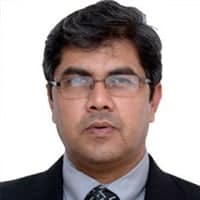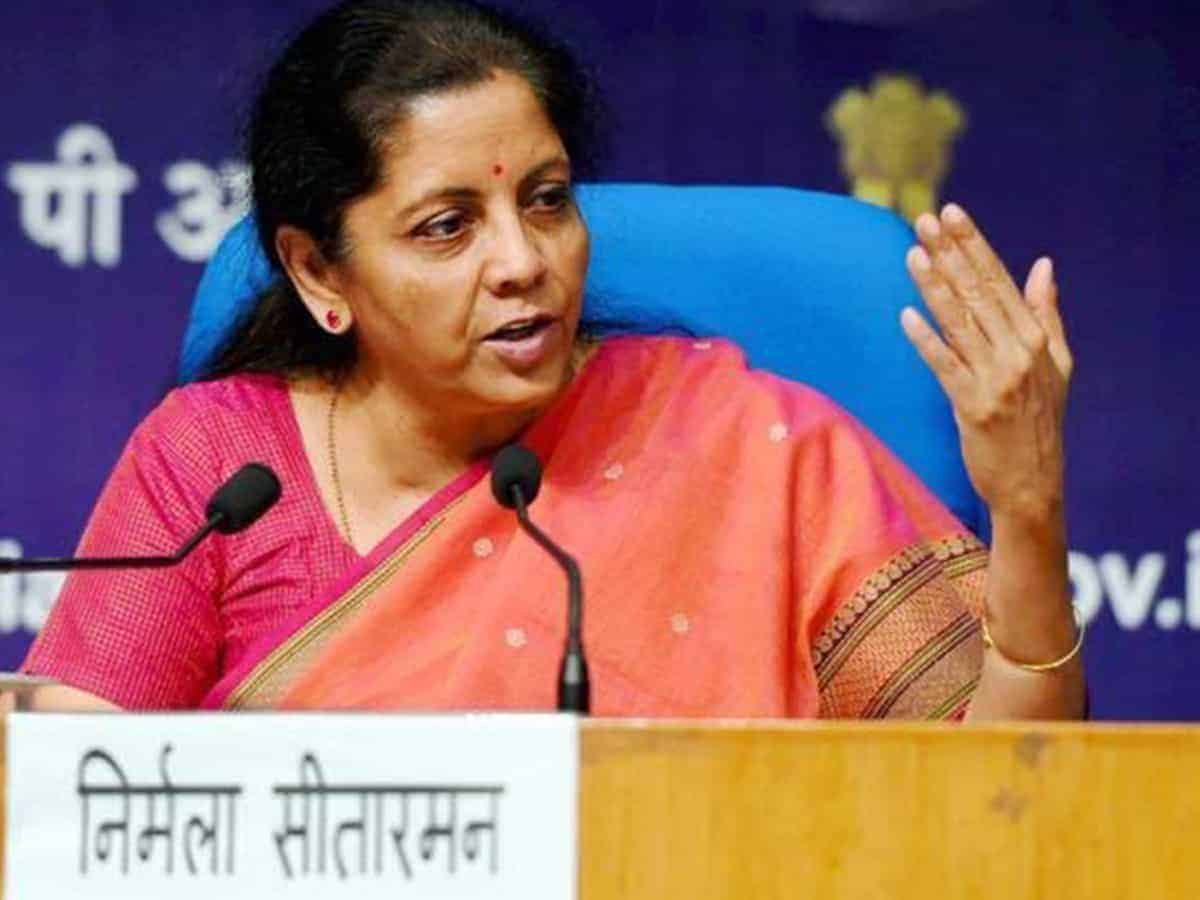
The Finance Minister will present a new budget on the 1st of February 2021. There are no indicators on what this new budget is going to look like. The only things we have been told are that this budget will be a paperless budget and that the halwa ceremony, where a popular dessert would be cooked and served, is cancelled for this year. How is the FM going to tackle the huge tax collection deficit we have seen this year? How will she also fight against the more than 7 percent contraction in the economy? Will the government stand up and announce the various mistakes committed? Only when we can identify and accept our mistakes that we would then work towards seeking solutions.
Among the first things that people will look for is whether the budget is going to give the common Indian some relief. For example, will the moratorium on loans continue? Wages have been slashed and in many cases salaries have completely been withheld. As a result, cash flows have gone completely away, so people are unable to honour their EMIs. On the other hand banks and other financial institutions are under great stress as loans have not been repaid, fresh loans have not been given and savings rates have fallen appreciably. Without a pick up in the banking sector, the economy will not start looking up soon.
The other problem that the FM will have is by way of the fiscal policy. Tax collections have been low and therefore the fiscal deficit is going to be extremely high. But can she now increase tax rates to generate some additional revenue? Higher tax rates will result in further dampening the demand and increasing inflation. This double edged sword hangs over the budget. One option that might very well happen in the introduction of a COVID cess on all transactions, or at least on high value goods and services. The budget will have to address the issue of vaccinations and declare whether the COVID vaccine will be for free, highly subsidized or sold at commercial rates.
A third problem will be that of employment creation. With joblessness touching an all-time high and millions of workers out of jobs, it would be important for the government to give some relief. This could be in the form of unemployment allowances, advances to employers to pay salaries of by way of a new Urban employment generation programme. The government will also have to increase the outlay of the rural employment guarantee program as it exists given the large number of new job seekers reaching out to their village heads asking for jobs.
On all other fronts too, the government is going to face big trouble with respect to finding money to finance the expenditure. The best example is education. India’s Union government spends Rs 50,000 on education but education’s share in the total union budget fell from 2.55% to 2.05% during Modi’s regime. India spends 4.38% of its GDP on education in 2016, slightly more than China (4.22%), Russia (3.82%) and (4.21%) but the quality is very poor. According to the Annual Status of Education Report (ASER), standards have been falling year after year and now in rural India, almost half of grade V students cannot read a grade II text and more than 70% of them cannot do division. Schools need infrastructure. Teacher vacancies need to be filled and all this will need a huge increase in the education outlay. The New Education Policy will be meaningless without a huge commitment by way of increased outlays.
Similar problems are being faced in the health sector. The Prime Minister launched Ayushman Bharat and his loyalists immediately named it Modicare, calling it the world’s largest healthcare programme. However, there is very little money that is allocated to this project that would take care of 50 crore people over the next three years. For a scheme that need at least 50,000 crores, the allocation last year was a measly 2000 crores. That the budget will have to match the desired figure but the Government has very little fiscal space. The allotment to health will only go up if this is seen as an election issue. Else India will continue to be among those few poor nations where the entire health sector gets less than 1 per cent of GDP.
Amir Ullah Khan is a researcher at Centre for Development Policy and Practice (CDPP) based in Hyderabad.

